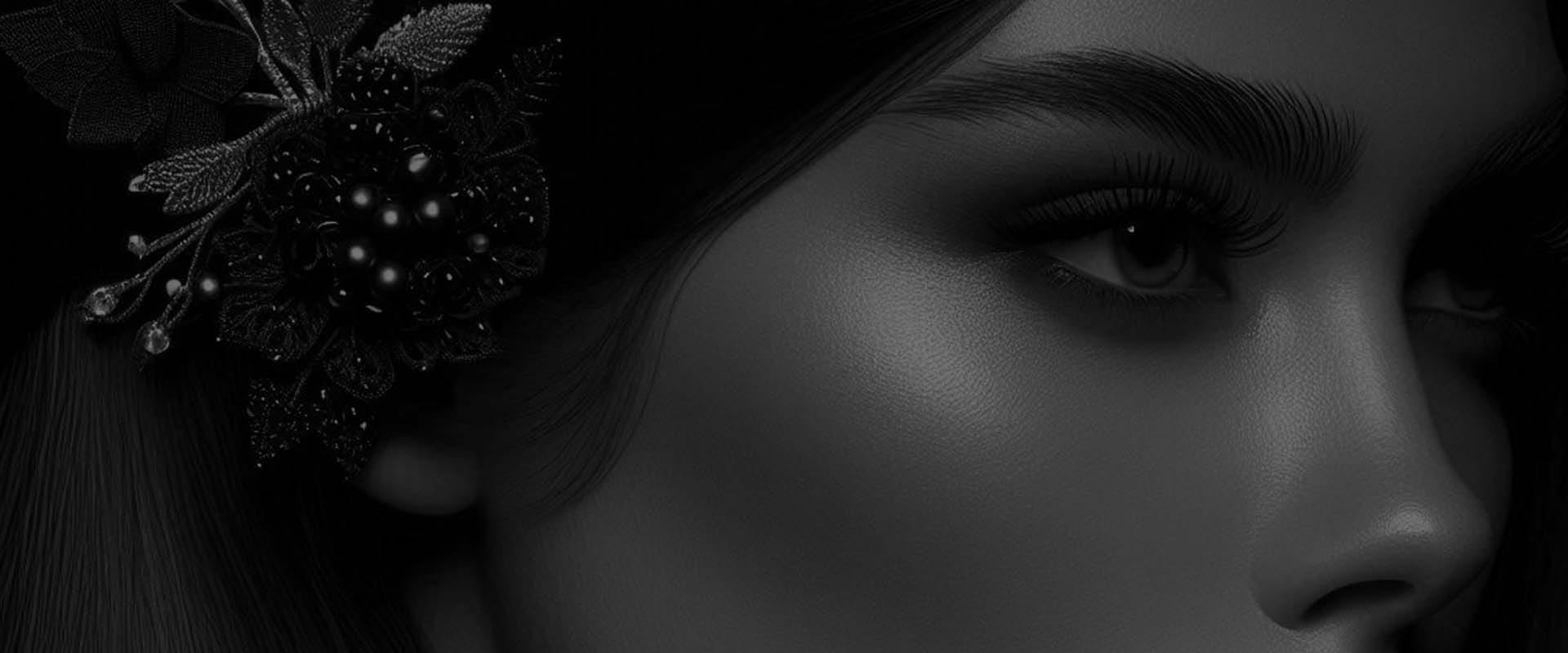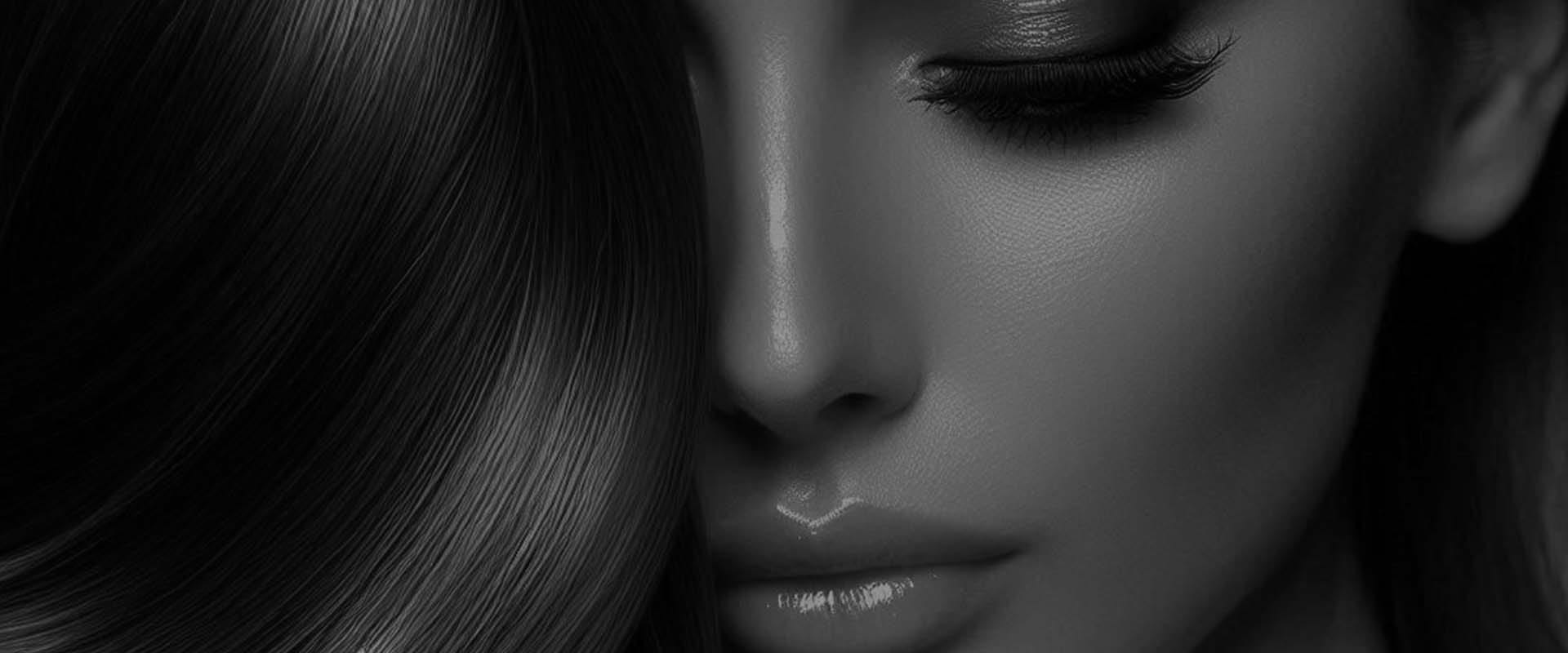
Natural Hair Care
The Ultimate Guide to Natural Hair Care: Healthy Hair Starts Here
Caring for natural hair is both a science and an art. Whether you have waves, curls, coils, or kinks, understanding your hair’s unique needs is the first step to achieving strong, healthy, and vibrant strands. Natural hair is naturally more delicate due to its structure, which makes it prone to dryness, breakage, and tangling if not properly maintained.
The good news? With the right care routine, products, and mindset, natural hair can flourish beautifully. This guide will walk you through essential practices, expert recommendations, and easy-to-follow routines that will help you nourish your hair from root to tip.
Why Natural Hair Care Matters
Natural hair—especially curly, wavy, coily, or kinky textures—tends to be drier and more fragile due to its structure and porosity. Gentle, moisture-focused routines help preserve strength, elasticity, and shine.
1. Understand Your Hair Type & Porosity
- Hair Type (e.g., 2-Wavy, 3-Curly, 4-Coily) influences moisture needs.
- Porosity (how well hair absorbs and retains water) guides product choices—a crucial step many skip.
2. Cleanse Smartly
- Opt for sulfate-free shampoos or gentle co-washes to avoid stripping natural oils.
- Limit washes to 1–3 times per week, depending on scalp condition.
3. Deep Condition & Treat Regularly
- Use a deep conditioner weekly for hydration. Incorporating heat/steaming enhances absorption.
- For damaged hair, protein-rich or antioxidative treatments (e.g., batana, rosemary oils) are transformative.
4. Moisturise + Seal (The LOC/ LCO Method)
- Liquid: water or water-based leave-ins
- Oil: coconut, olive, castor, almond—chosen for hair type
- Cream/Butter: shea, avocado, or specialized curl creams
- Moisturise daily and seal ends to prevent dryness.
5. Protect and Style Wisely
- Embrace protective styles (braids, twists, buns, wigs) to reduce manipulation and retain moisture.
- Avoid tight styles and allow breaks to prevent tension damage.
- At night, wrap hair in silk/satin scarves or pillowcases to reduce friction.
6. Be Gentle and Trim Regularly
- Detangle using fingers or a wide-tooth comb on damp hair to minimize breakage.
- Trim every 8–12 weeks to remove split ends and promote healthy growth.
7. Minimise Heat and Frizz
- Heat tools damage hair and cause frizz—air drying or heat-free styles (twist-outs, braid-outs) are safer alternatives.
- Avoid rough brushing. Use diffusers and low-heat settings only when necessary.
8. Nourish from Within
- A balanced diet rich in protein, omega-3s, iron, zinc, B vitamins, and biotin supports scalp health and hair growth.
- Stay hydrated—water impacts hair moisture too.
9. Boost with Natural Oils & Seeds
- Oils like rosemary, pumpkin seed, grapeseed, black sesame stimulate follicles and can enhance shine and growth.
- Traditional hot oil treatments and scalp massages (10–15 minutes weekly) promote blood flow and relaxation.
10. Don’t Overwash or Use Silicones
- Over-washing removes scalp oils; silicone buildup can weigh hair down.
- Gentle, multitasking haircare products (e.g., Jen Atkin’s Ouai line) can simplify routines effectively.
11. Think Holistically
- Hair health is also about stress management, wellness, and self-care.
- A mindful “growth mindset”—embracing experimentation and adaptation—is key.
Sample Weekly Routine
| Day | Routine |
|---|---|
| Wash Day | Sulfate-free shampoo/co-wash → deep-condition (heat optional) → moisturise & seal → protective style |
| Non-Wash Days | Refresh with water/leave-in → seal with oil/cream → bedtime satin wrap |
| Weekly | Hot oil or scalp massage |
| Monthly | Clarify (remove buildup) → trim ends as needed |
Final Take
Natural hair thrives under low-manipulation, high-moisture, and thoughtful care. A simple routine, tuned to your hair texture, wrapped in patience and nourishment, is the secret to healthy, vibrant curls. Consistency pays off—results typically appear after 3–4 months.






